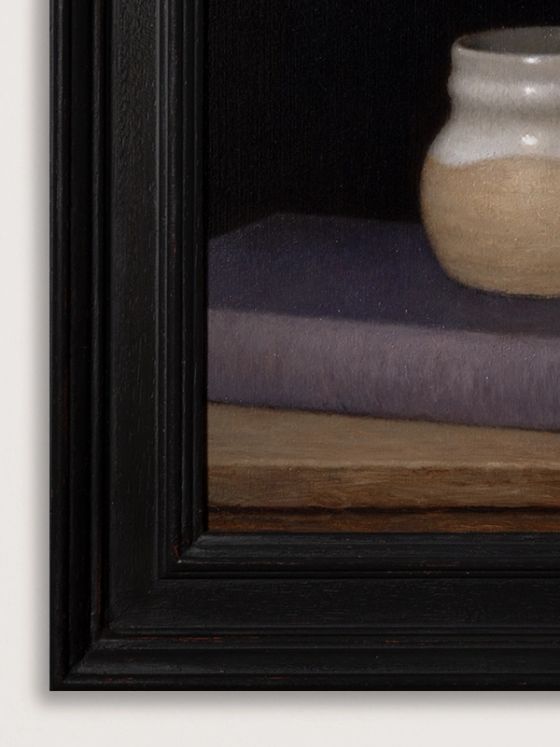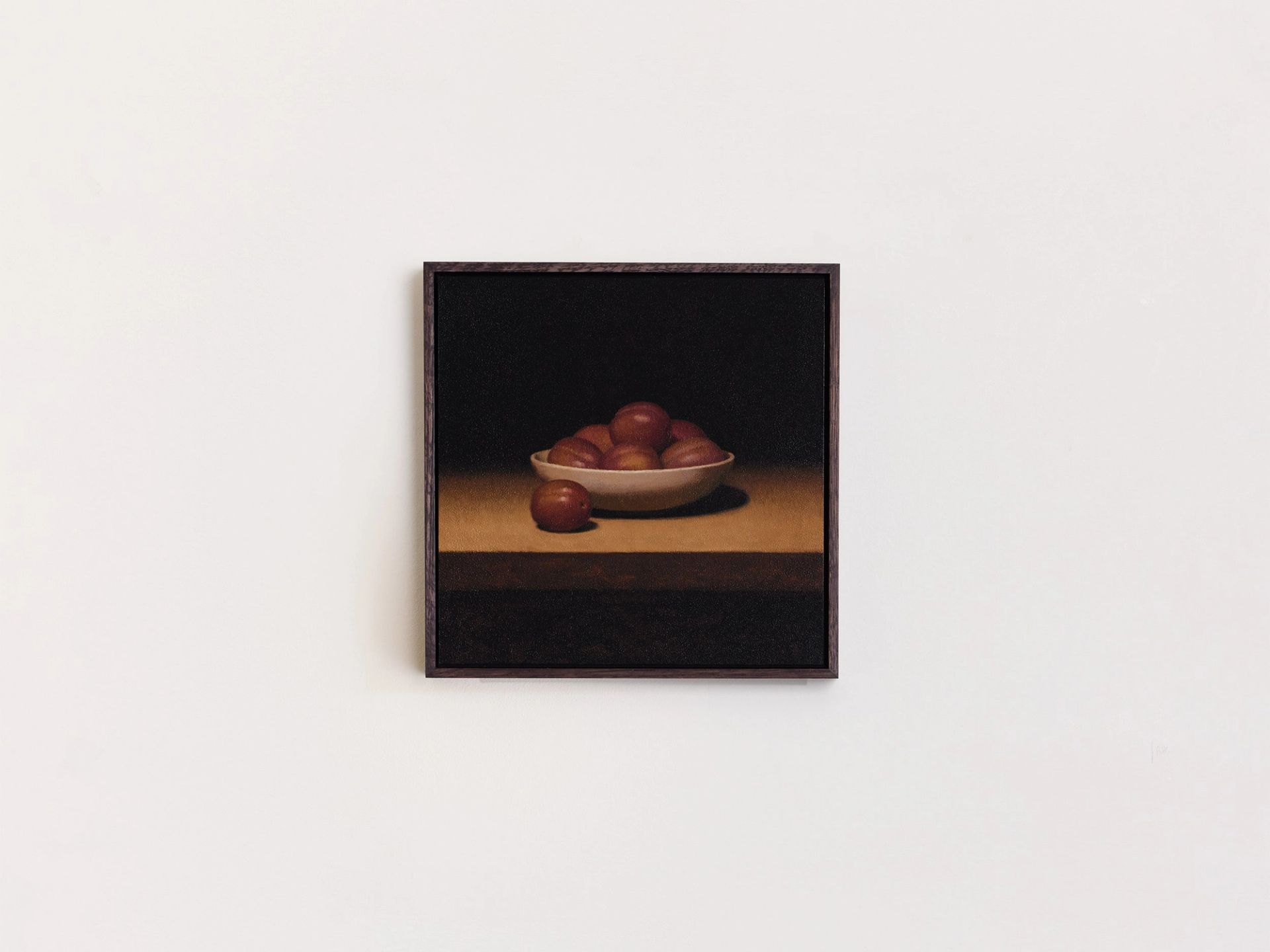Will Calver
In studying the interactions between light, form and colour, British artist Will Calver’s still lifes convey the quietude and subtle monumentality of everyday objects. Painted from life and composed within a shadow box in his studio, his works capture the intimacy that emerges through prolonged observation of his subjects. “I like to paint subjects that are at once quotidian and yet subtly monumental,” he says.
Calver lives and works in the Kentish countryside, only a few miles from where he was born. His fascination with painting began early, nurtured by time spent in his grandparents’ home studio. After studying on a contemporary Fine Art course in Cornwall and then undergoing classical training in London, his paintings have been exhibited in galleries across the UK and internationally. He has also produced paintings for the commercial campaigns of brands, most recently, Perfumer H and John Lobb.
The techniques Calver studied in London were based on the 19th century French academic method, which he supplemented with a close examination of 17th century Dutch masters. “Through a combination of workshops and research, and immersing myself in the rich tradition of painting, my own technique has developed out of my interest in the history of the medium,” he says. “My process follows the Dutch method quite closely, starting with the drawing and monochrome underpainting, followed by a process of development, refinement and coloured pigment glazes. My interest in some painters of the early 20th century tempers this very measured approach; I like to paint static objects with dynamic brushwork.” Calver often selects subjects that reflect the materiality and craft of painting itself — objects like ceramics, whose glazes echo the painter’s own surface treatments. “I am also drawn to objects that have something to do with the history of painting and the still life tradition, such as fruit. However, I seldom have a fixed view of what my paintings symbolise. I feel most inspired when I work with a question in my mind rather than an answer.”
I am drawn to objects that have something to do with the history of painting, such as the peeled lemon. However, I don’t have a fixed view of what my paintings symbolise. I feel most inspired when I work with a question in my mind rather than an answer.
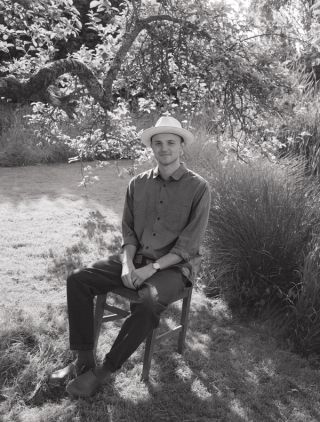
Featured works

 LA Gallery
LA GalleryWill CalverAlmonds, 2025
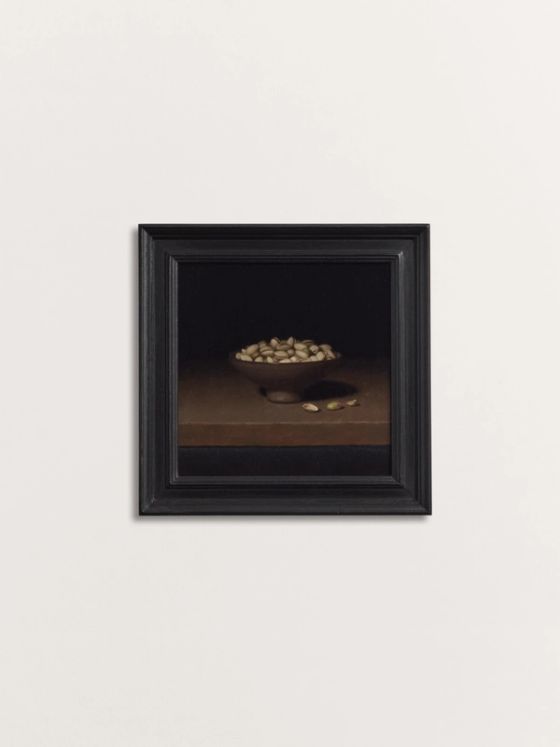
 LA Gallery
LA GalleryWill CalverPistachios, 2025
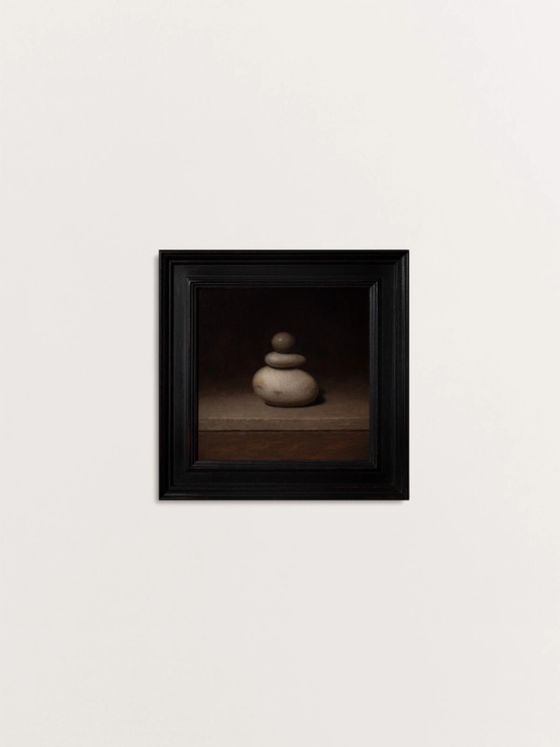
 LA Gallery
LA GalleryWill CalverA Tower of Pebbles, 2025
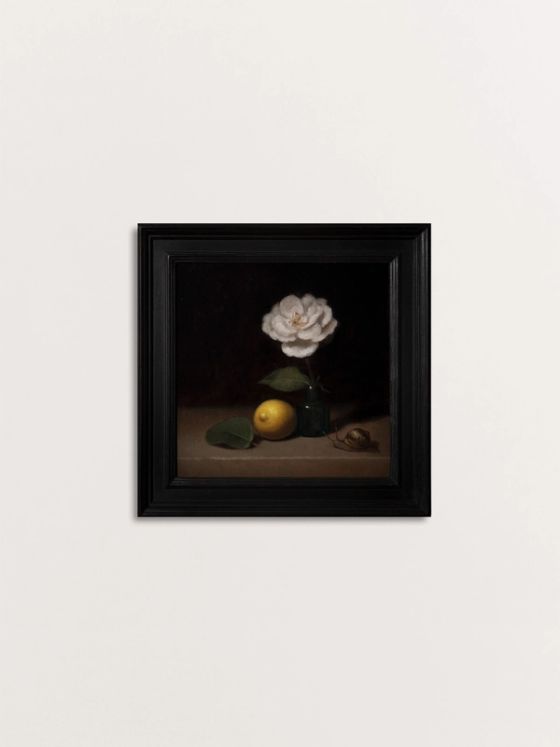
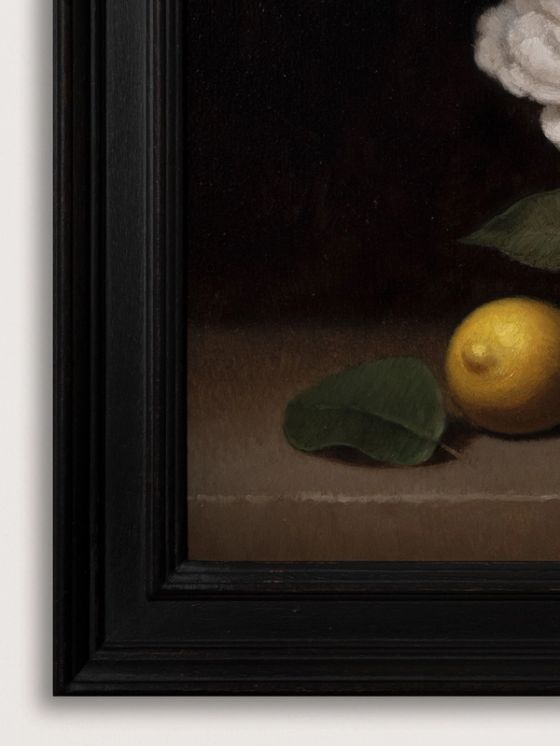
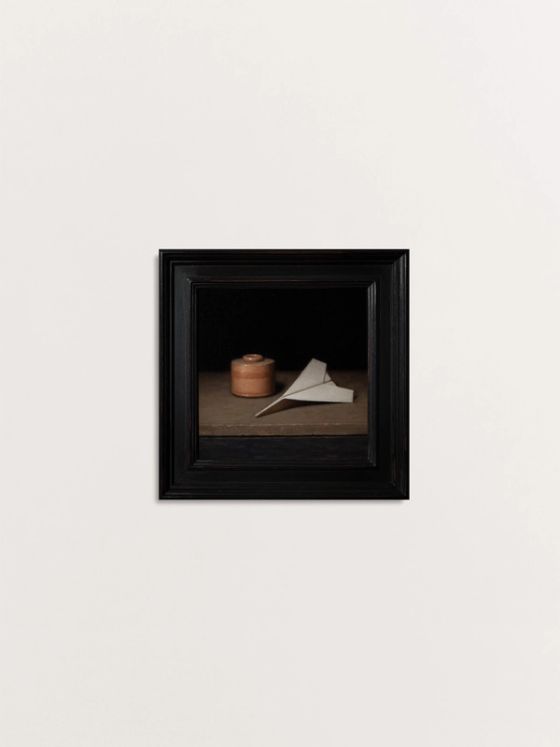
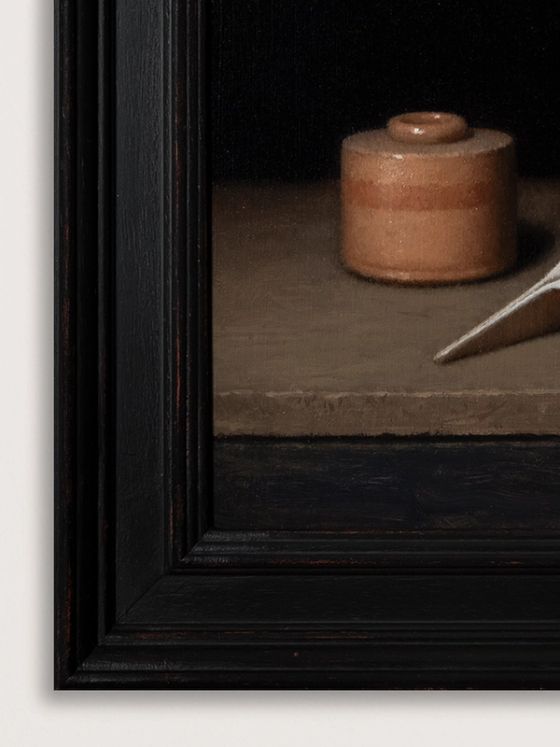
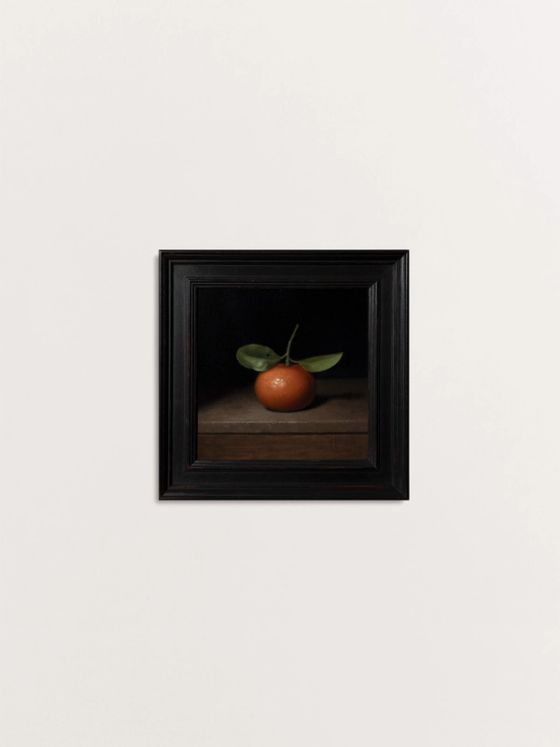
 LA Gallery
LA GalleryWill CalverClementine, 2025
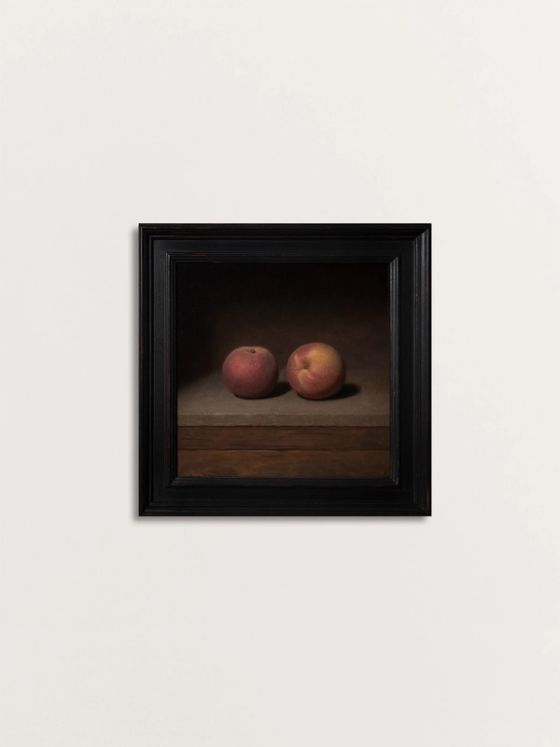
 LA Gallery
LA GalleryWill CalverTwo Peaches, 2025

